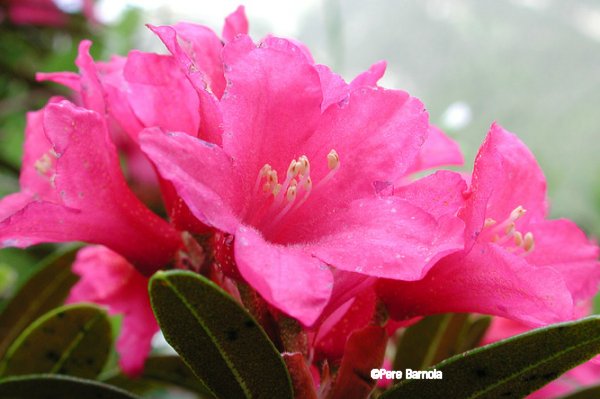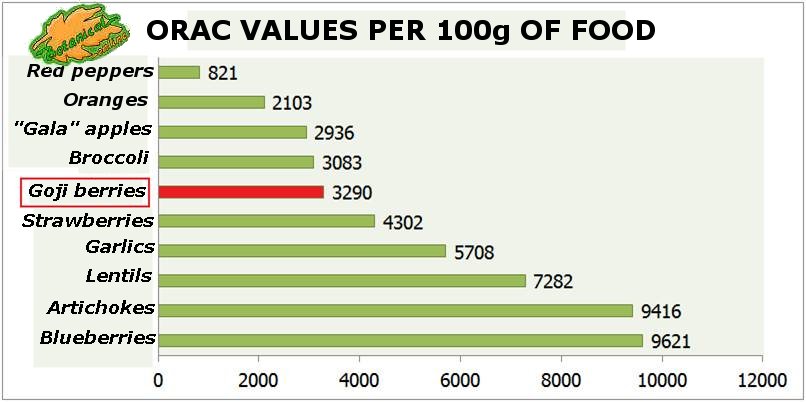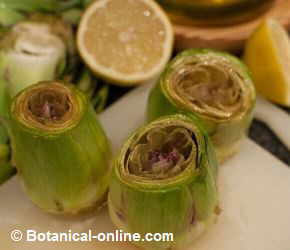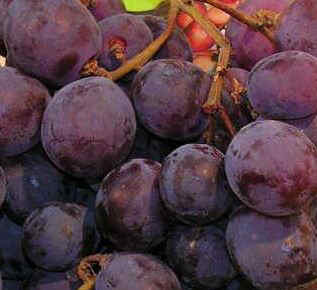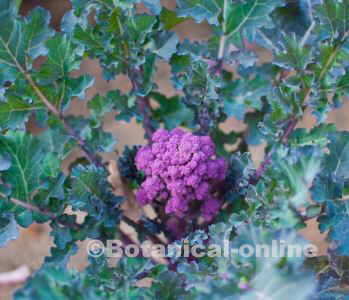Contents
TARRAGON TOXICITY (Artemisia dracunculus)
Can tarragon be toxic?
Tarragon (Artemisia dracunculus) is an aromatic plant with no toxicity when consumed at dietary levels.
However, the essential oil of tarragon, has toxic components, which can have undesirable effects. For this reason, it is not recommended to use the essential oil of tarragon.
What are the toxic components in tarragon?
– Estragole (methyl-chavicol): major component of the essential oil of tarragon. Scientific studies warn that high doses of estragole (such as when we use its essential oil) may be toxic because of its carcinogenic potential.
– Methyl eugenol: second most abundant component in the essential oil of estragole. Studies reveal its carcinogenic and narcotic potential toxicity.
However, scientific studies toxicity clear that estragole and methyl chavicol can be removed relatively quickly from the body, so that the use of low amounts tarragon plant or as spice must not pose a health risk. Their is a real danger of poisoning when using the essential oil of tarragon.
– Thujone: monoterpene present in the essential oil with emmenagogue effect and abortifacient properties.
– Furanocoumarins (umbelliferone, herniarine) are substances that can cause sensitization or contact dermatitis. It is found in higher concentrations in the root of the plant that in its leaves.
* More information: Composition of Tarragon.
Tarragon during pregnancy and lactation
Tarragon is Not recommended for use during pregnancy and breastfeeding because it contains toxic and abortifacient properties.
| PRECAUTIONS– Do not use the essential oil of tarragon because it can be toxic. – Check with your doctor before taking if you are allergic to wormwood or composite plants. – Tarragon is a cholagogue plant that stimulates bile and gallstones output. If you have stones in the gallbladder, do not take remedies for gallstones without medical supervision. – Do not take tarragon if you are with anticoagulant therapy. |
*Related information: Contraindications of tarragon, side effects of tarragon
![]() More information on tarragon
More information on tarragon

